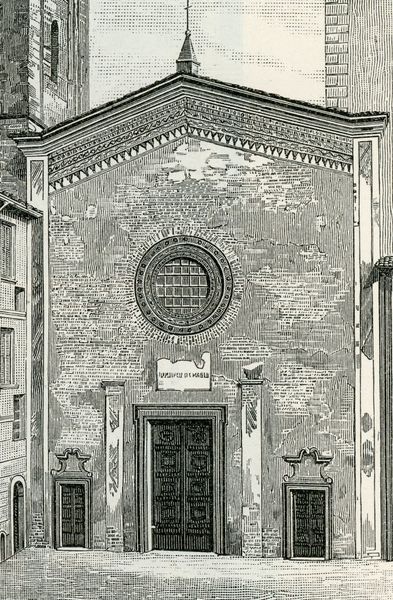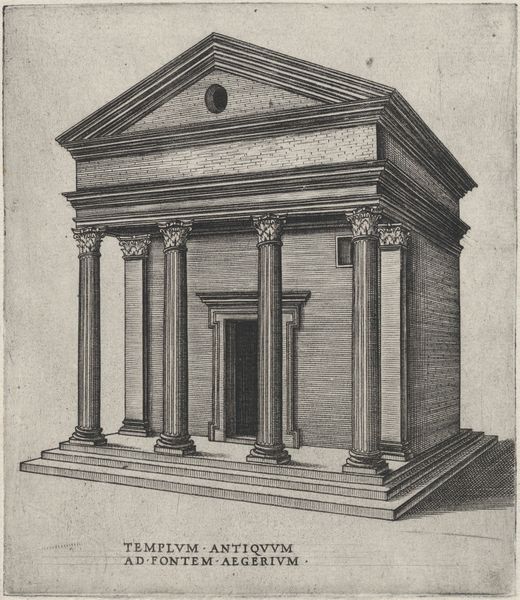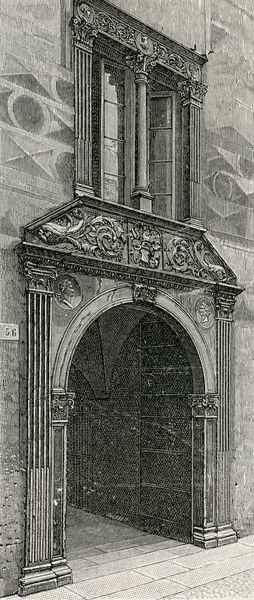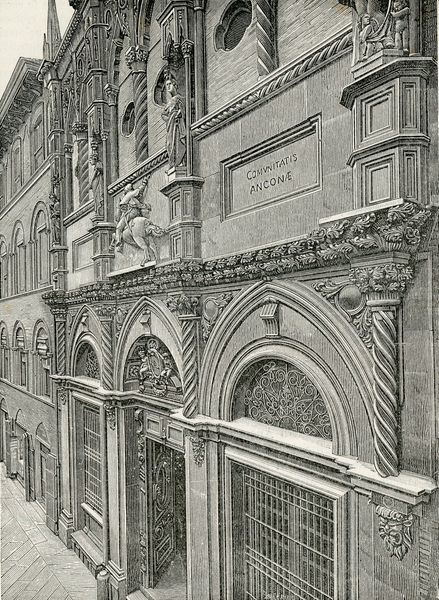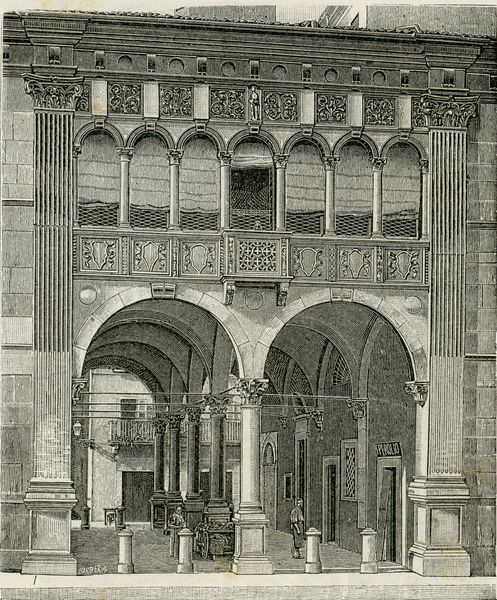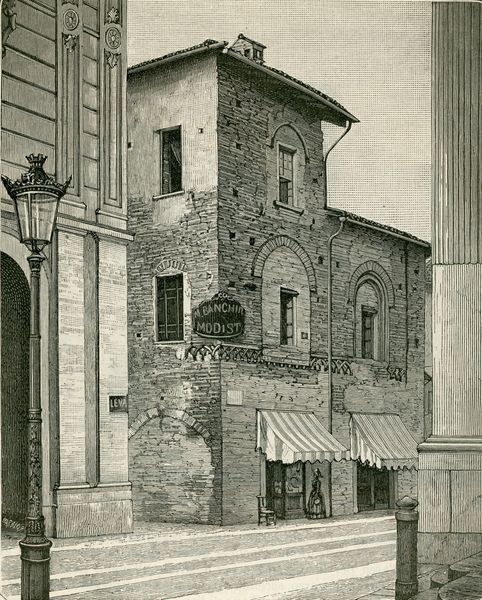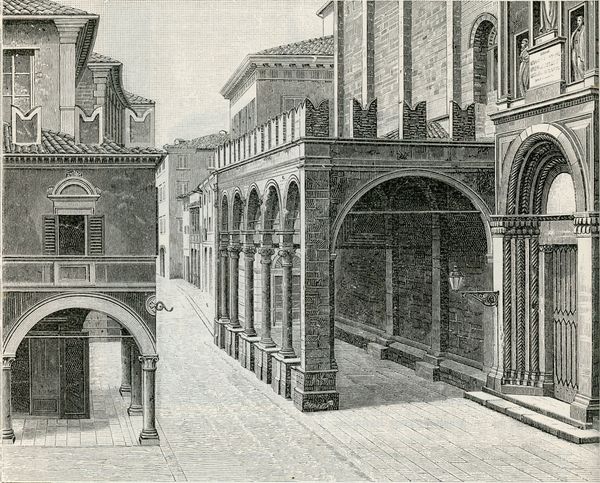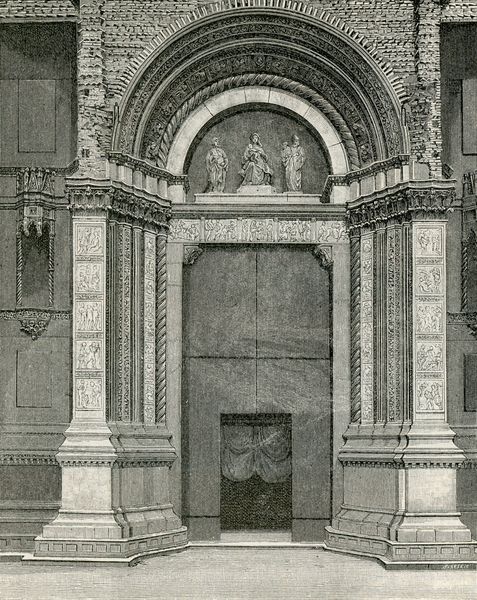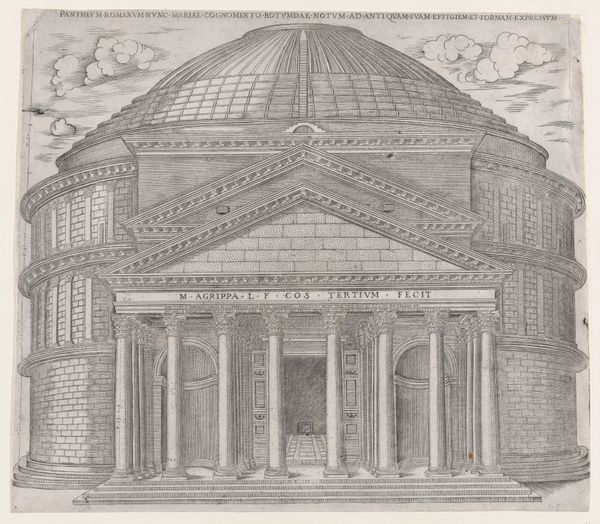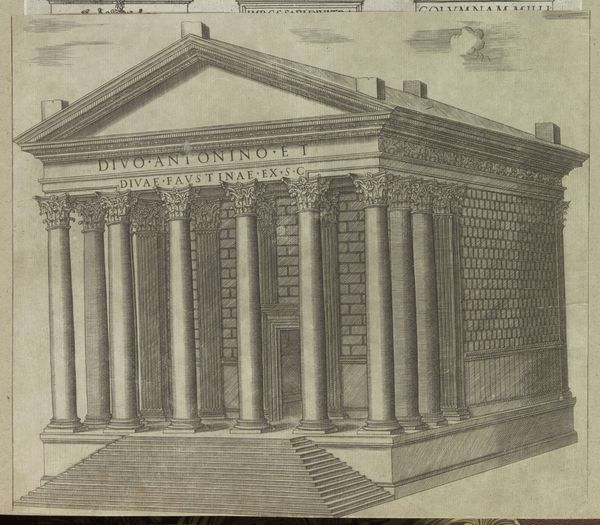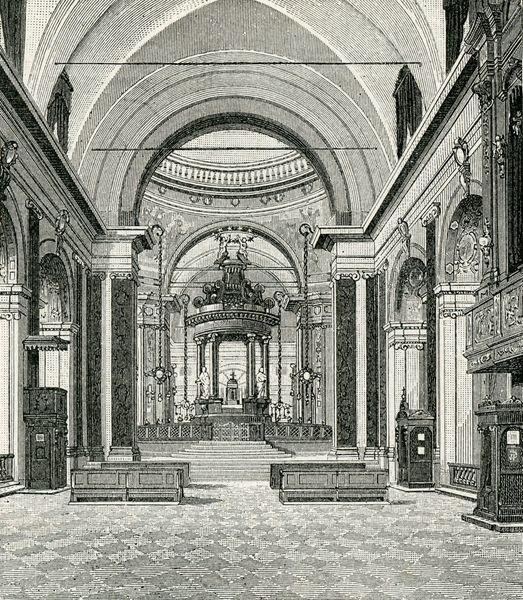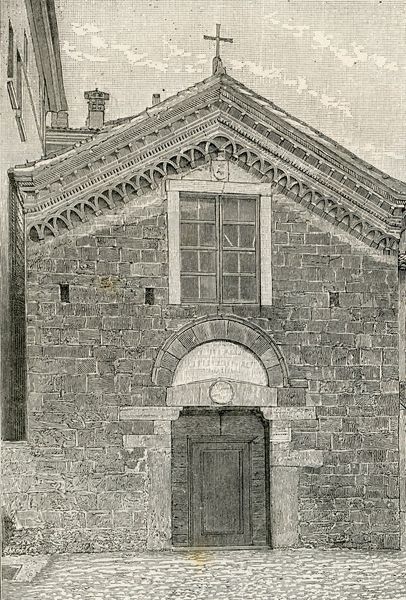
Copyright: Public domain
Curator: The very deliberate, linear strokes forming Giuseppe Barberis' "Portico Del Tempio Di Minerva", from 1895, create this wonderful sense of architectural grandeur...what strikes you most about this drawing? Editor: The level of detail is amazing, especially considering it's pen and ink on paper. I'm fascinated by how he’s rendered the stone. What’s the material significance of choosing to depict this specific architectural structure? Curator: It's crucial to look at the economic context. Barberis is depicting the remnants of labor, industry. Neoclassicism in the 19th century becomes about more than just aesthetics; it embodies power and production, and we are invited to study the built environment itself as a testament to those things. Notice how the lines, though precise, seem almost hurried. Is this a monument to progress or a lament for what's lost in the name of progress? Editor: So, the imperfections – the ‘hurried lines’ – aren't errors but rather an integral part of conveying the changing landscape. It reflects an era grappling with its own rapidly industrializing society. But how did architectural drawing fit into the larger art world then? Was it considered ‘lesser’ than painting or sculpture? Curator: That’s a very insightful question! Traditional hierarchies certainly valued painting and sculpture more, however, works like this helped blur those lines, insisting that architectural drawing possessed its own intrinsic artistic merit. It forced a re-evaluation of ‘art’ as solely residing in traditionally valued mediums, instead focusing attention on process, on how things were being made and represented. Does this influence how you perceive its value now? Editor: Absolutely. Thinking about the drawing as a product of its time, shaped by material conditions and challenging established artistic boundaries, makes it far more engaging than just a pretty picture. Curator: Precisely! And it's through questioning the means of its production and its cultural context that we truly begin to understand its value.
Comments
No comments
Be the first to comment and join the conversation on the ultimate creative platform.
